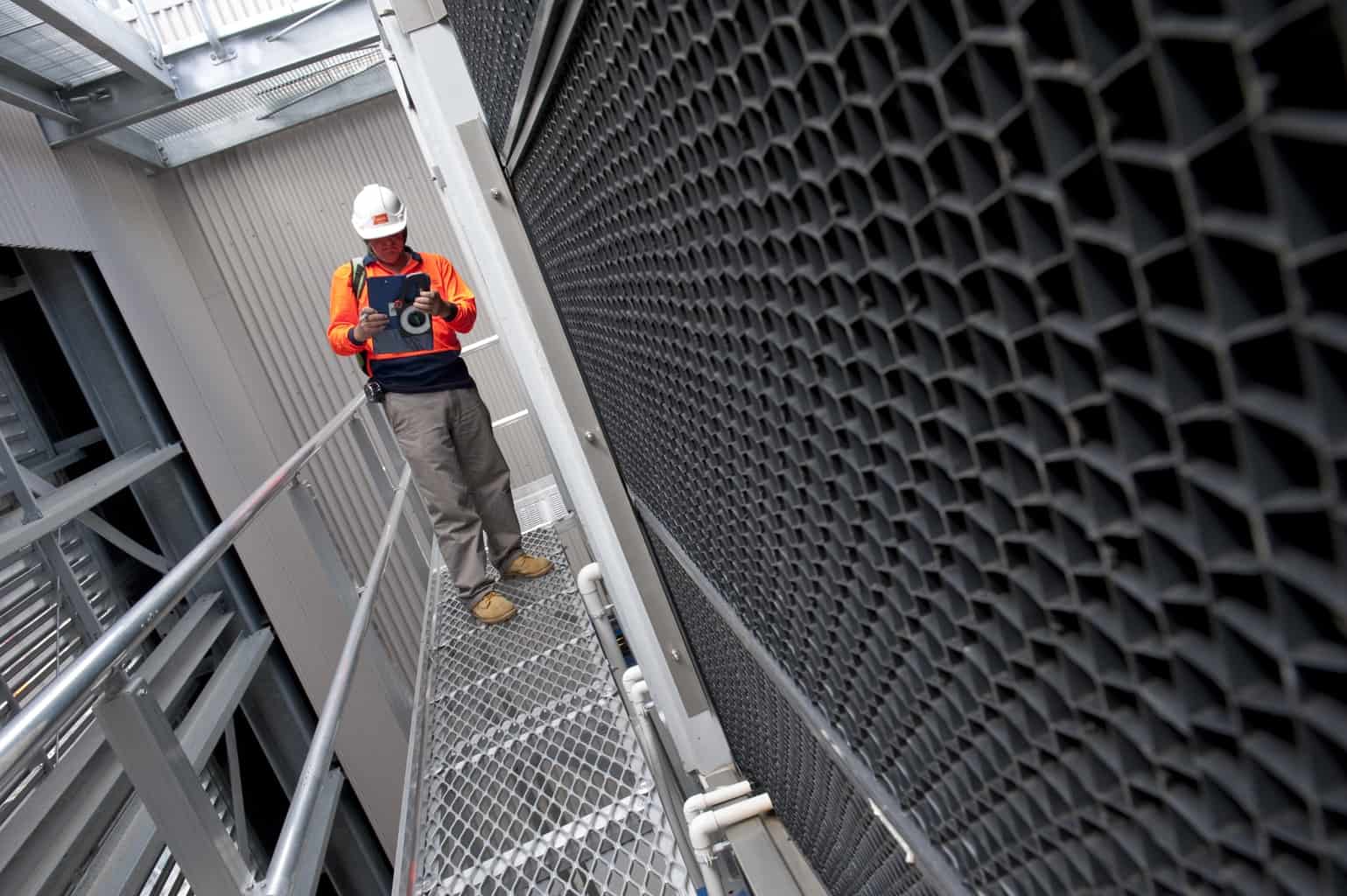On 17 April 2014, Senator Eric Abetz, Australia’s Workplace Relations Minister, released the Building and Construction Industry (Fair and Lawful Building Sites) Code 2014 and supporting guidelines. This Code is, fundamentally, an industrial relations Code however there is an occupational health and safety (OHS) element that needs to be noted, particularly when considered against the background of the Royal Commission into the Home Insulation Program.
Section 6.2.1 of the Code’s Guidelines says:
“Improving the industry’s WHS&R [Work Health Safety and Rehabilitation] performance requires positive measures that aim for prevention rather than correcting things when they go wrong. This initiative is directed at making WHS&R management an integral part of the organisational culture of companies and enterprises.”
The aims of this section are laudable – “positive” actions, “integrated, pre-emptive instead of reactive – but there are also hints that role of safety in this Code has not been fully thought out.


 The revised
The revised